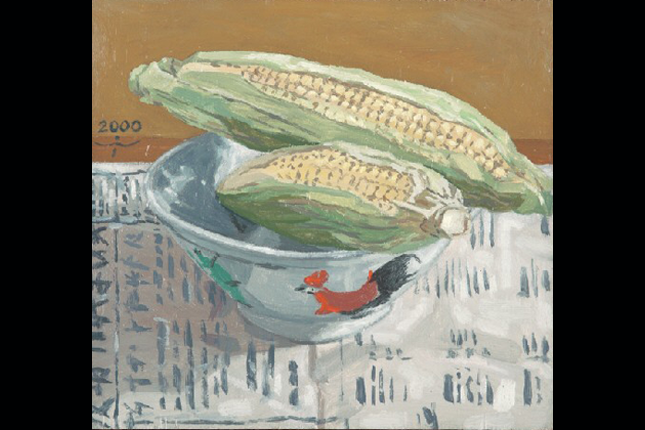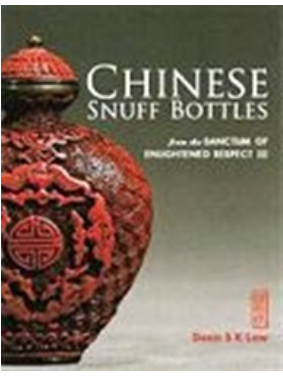This elegantly formed ewer has globular body with incised stylized lotus bud designs on the shoulder. The designs continue on the neck, separated from the main body by a thick rib. A thumb-piece in the shape of a pomegranate rests at the top of the handle, almost mirroring the shape of the vessel, with five hemispherical beads below. The rich patination is complemented by remains of gilding on the surface. It was produced in the 8th or 9th century by Umayyad (661-750) or Abbasid (750–1258) artisans, probably in Syria, which was an important artistic center during both caliphates. Umayyad and Abbasid metalwork was heavily informed by Roman, Byzantine, and Sasanian art, and the shape of this vessel has parallels in early Byzantine glass bottles. The pomegranate thumb-piece is similar to designs found in early stucco decoration from Sasanian Iran (224 – 651 AD). Ewers like this may have been used for drinking, or for washing before prayers.




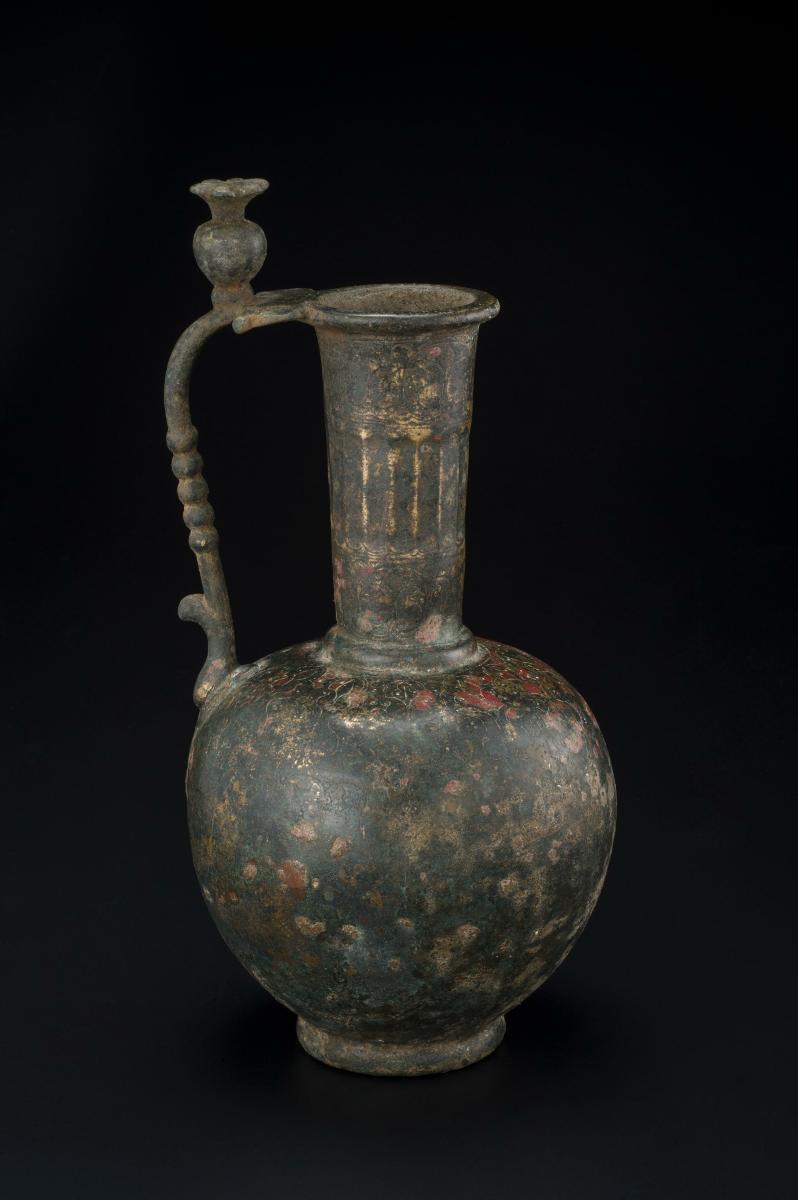
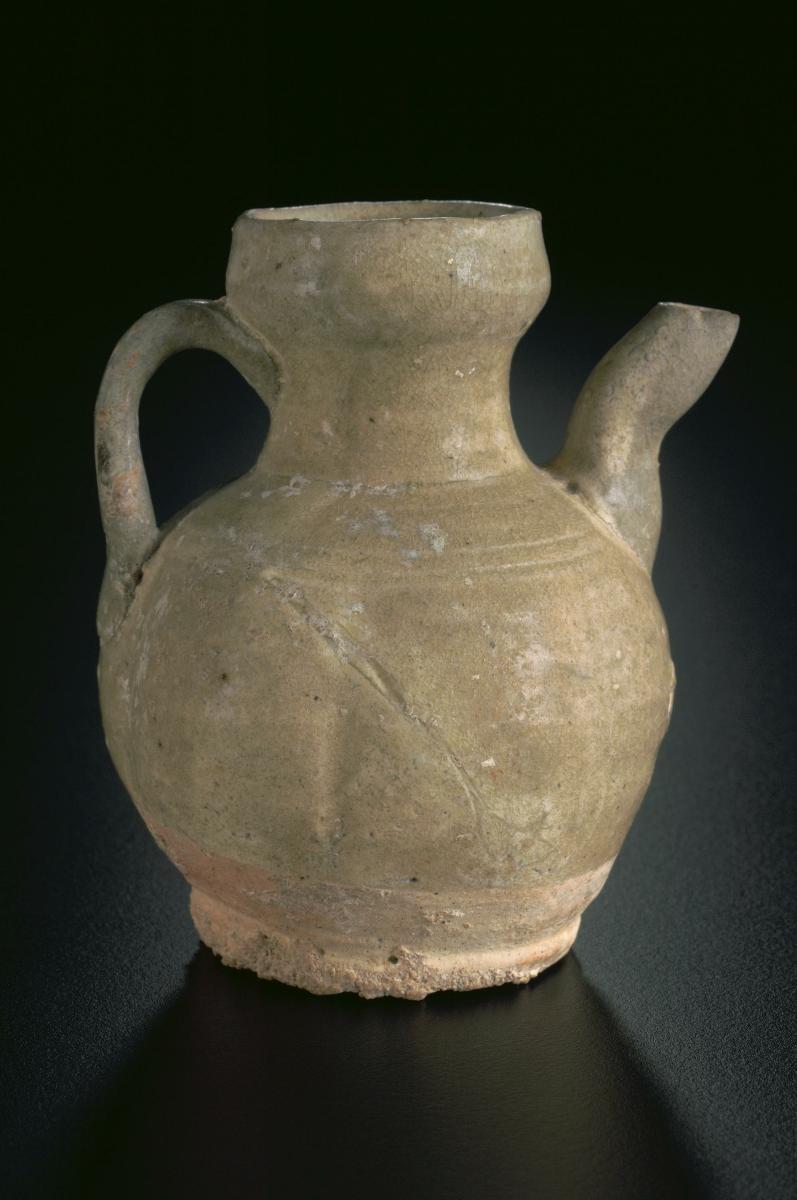
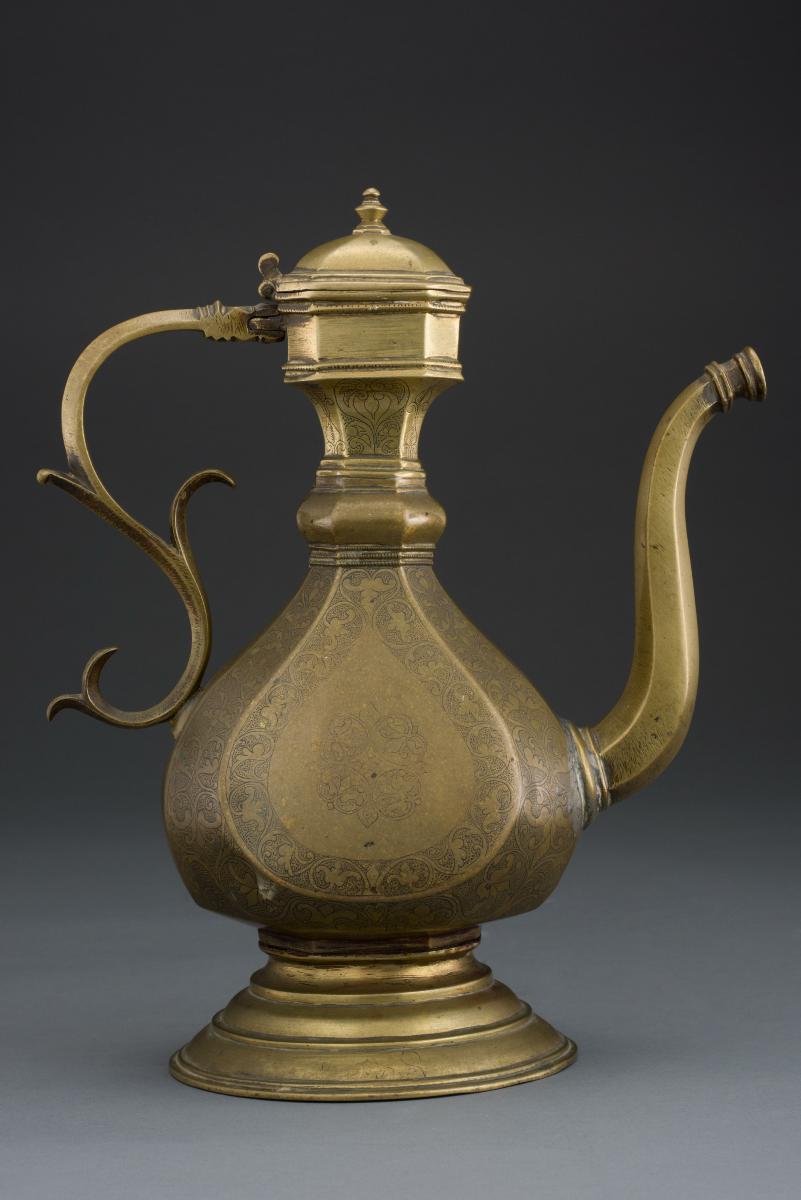
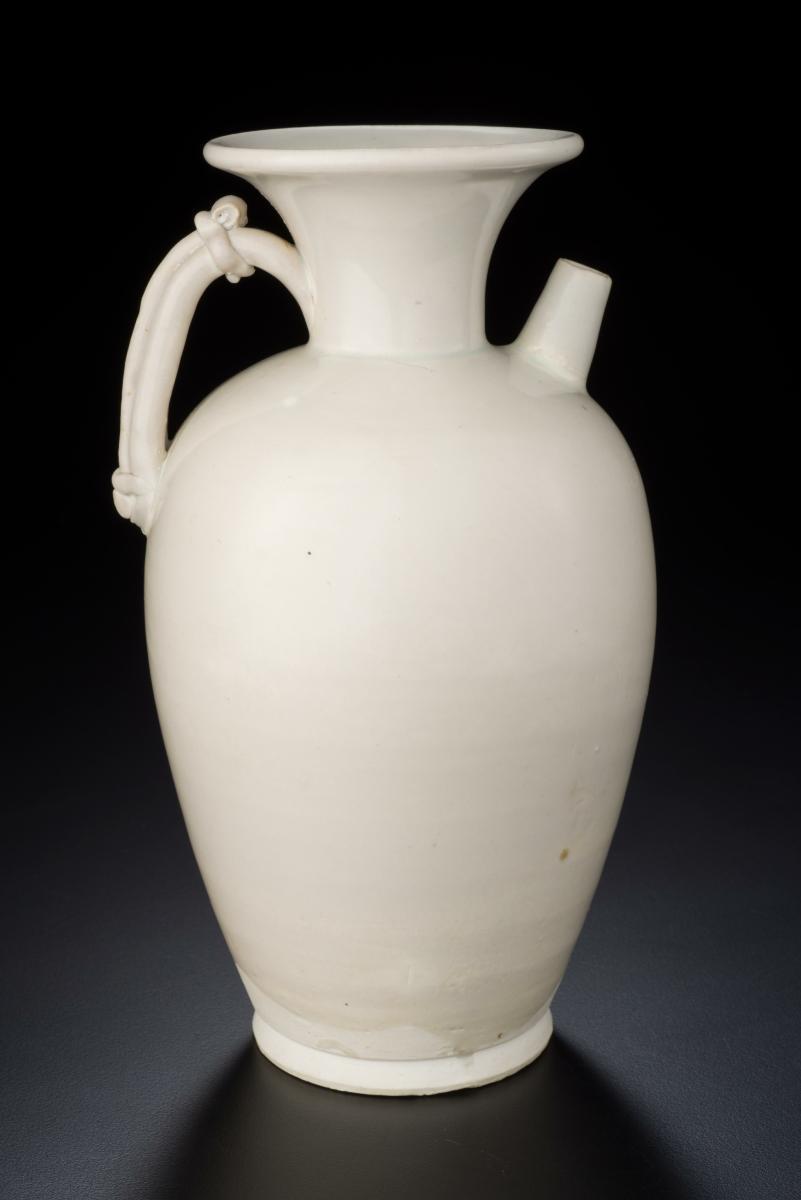
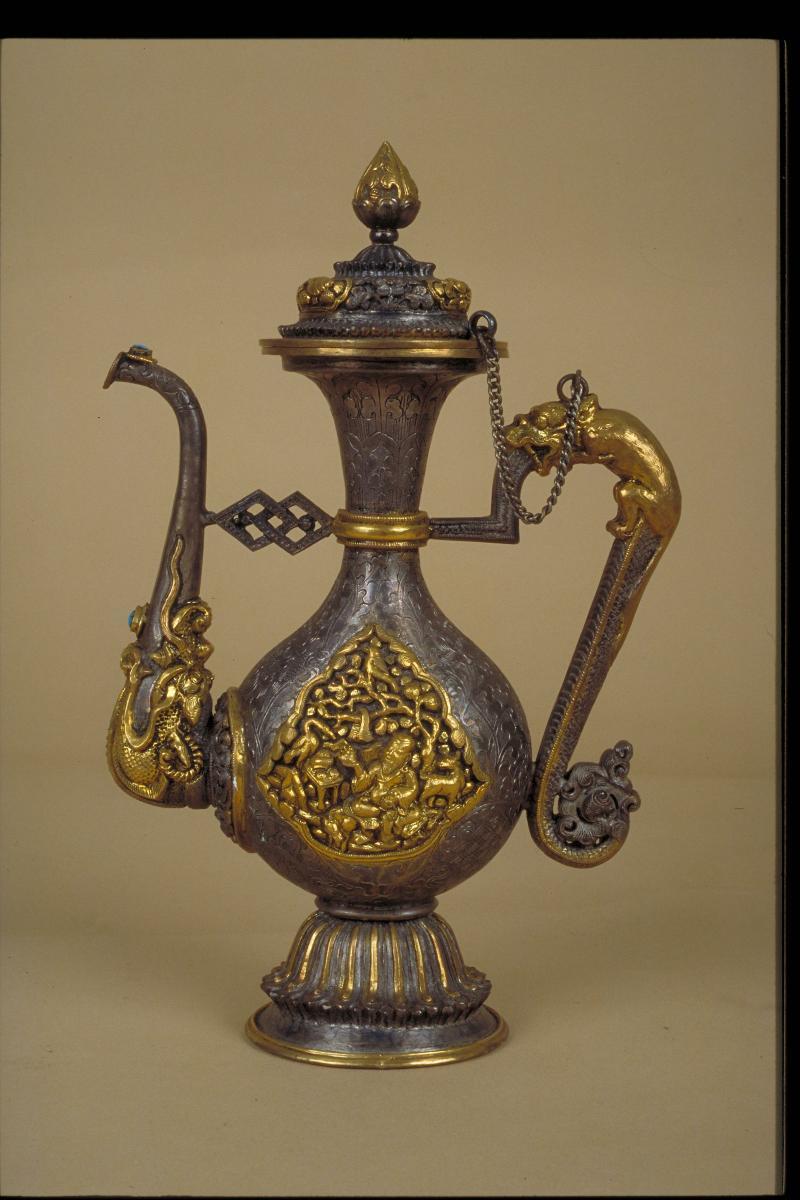

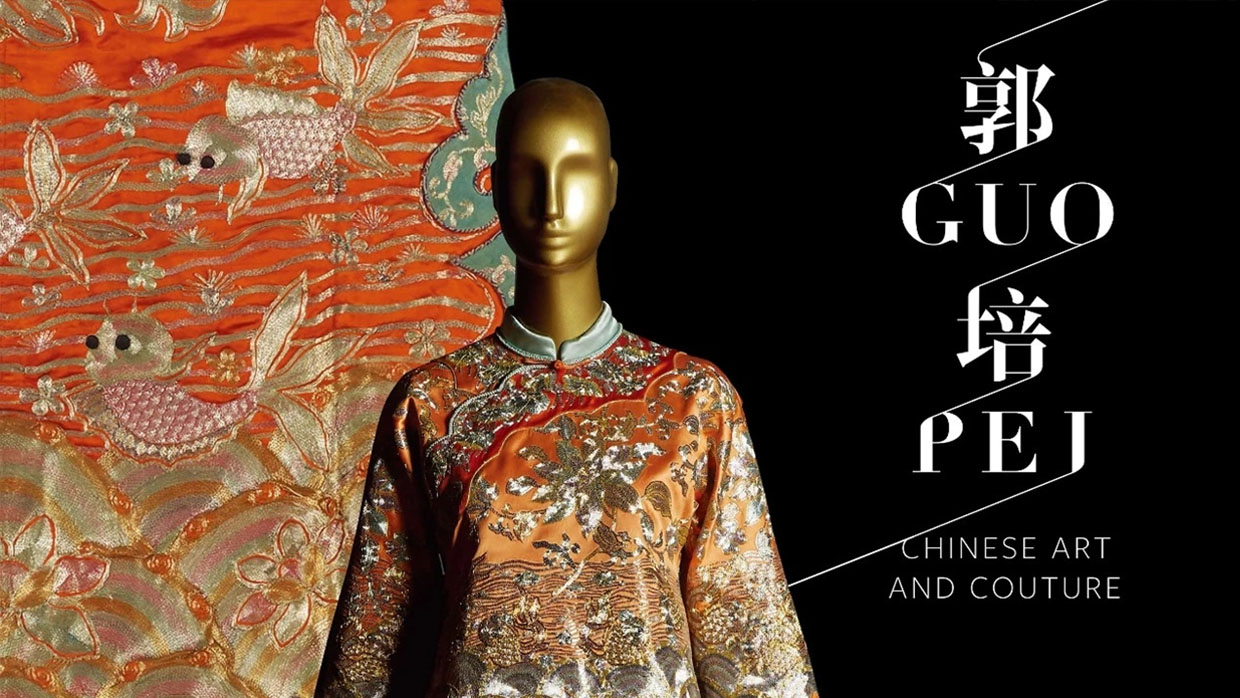

.ashx)
